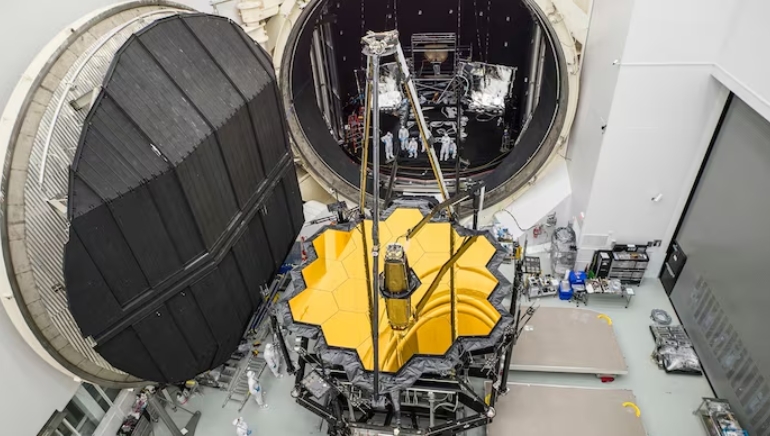In a stunning discovery, astronomers using the James Webb Space Telescope (JWST) have found water ice in a giant protoplanetary disk surrounding a young star system called 114 – 426 in the Orion Nebula. This breakthrough sheds light on how water and planets may form in young star systems, offering a rare glimpse into the early stages of planetary development.
A Closer Look at the Protoplanetary Disk
The disk is over 1,000 times larger than the Earth-Sun distance and is viewed edge-on from Earth, making its structure easier to observe. Its unique features include:
- Dark Central Band – Blocks the light from the young star at its center.
- Bright Lobes – Formed by light scattering off the disk’s material.
- Outer Silhouette – The outer edges of the disk are visible against the glowing background of the Orion Nebula, creating ideal conditions for study.
How Did They Find Water Ice?
Using JWST, astronomers detected a distinct 3-micron wavelength signature – a clear sign of frozen water coating dust grains within the disk. This discovery is crucial because water ice plays a key role in planet formation. It helps dust particles stick together, forming pebbles, which eventually grow into larger bodies that become planets.
This discovery not only provides a window into the birth of planets but also highlights the critical role of water ice in early planetary development. With JWST’s powerful observation capabilities, astronomers are now one step closer to understanding how planets like Earth may have formed in distant star systems.















